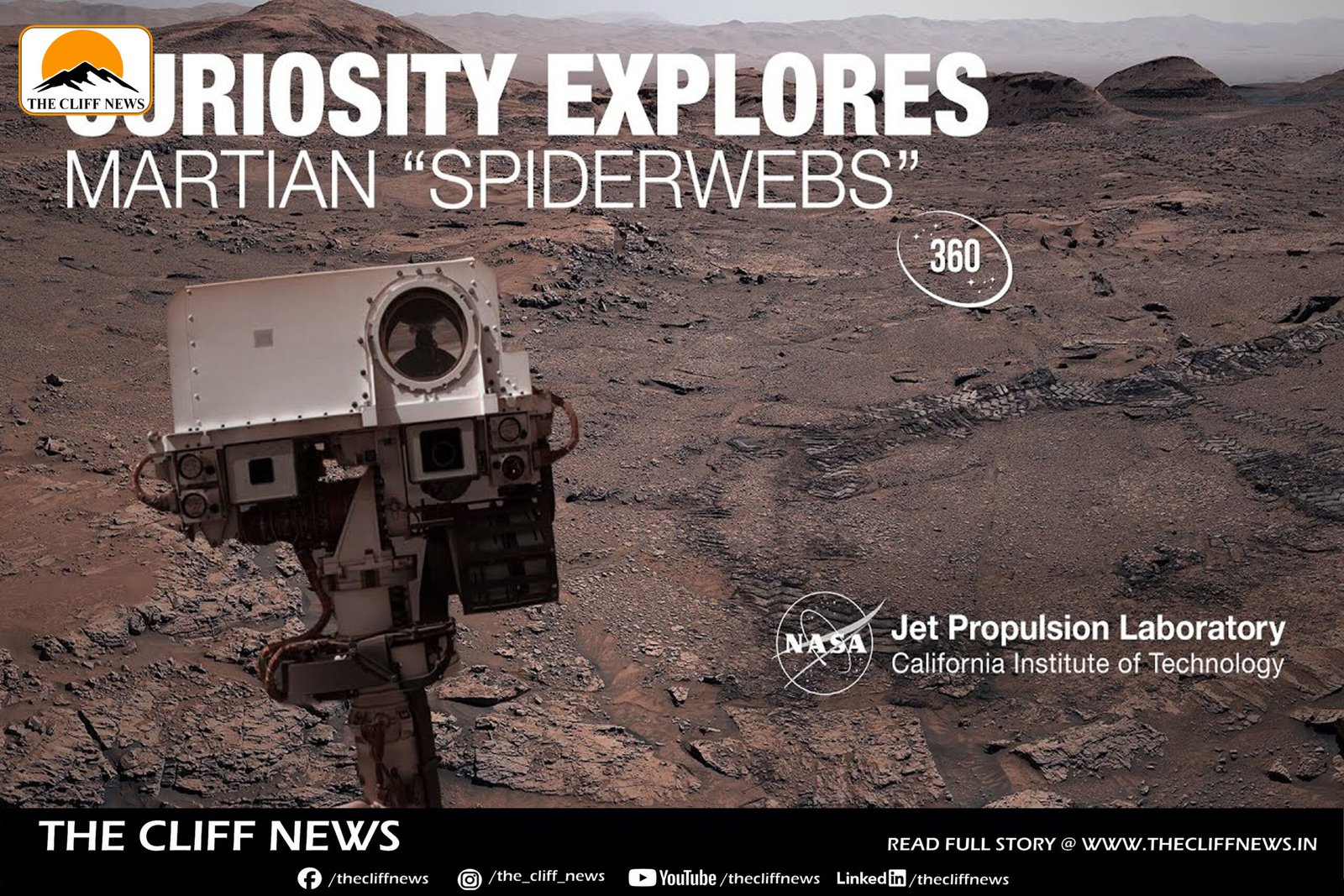NASA’s Curiosity rover has sent back stunning new close-up images from Mars, offering a first detailed look at a geological mystery: crisscrossing mineral ridges known as “boxwork patterns” that have never been seen elsewhere on the planet.
The rover, which has been exploring the 3-mile-high Mount Sharp since 2014, encountered these unusual formations on a new layer rich in magnesium sulfates—salts that form as water evaporates. Scientists believe the boxwork formed when ancient groundwater flowed through rock cracks, depositing minerals that later hardened. Over billions of years, Mars’ harsh winds eroded the softer rock, revealing the cemented ridges.
“A big mystery is why the ridges were hardened into these big patterns and why only here,” said Curiosity project scientist Ashwin Vasavada of NASA’s Jet Propulsion Laboratory (JPL). “As we drive on, we’ll be studying the ridges and mineral cements to make sure our idea of how they formed is on target.”
The rover’s latest sample, drilled from a rock nicknamed “Altadena”, is currently under analysis in onboard instruments. It could offer insights into both the geological evolution of the region and Mars’ potential to have supported ancient microbial life.
Another surprising discovery: calcium sulfate veins, previously common in lower clay-rich layers of Mount Sharp, have reappeared in this drier, sulfate-rich terrain. Their return raises questions about unexpected water activity during the planet’s drying phase.
“These calcium sulfate veins used to be everywhere, but they more or less disappeared as we climbed higher up Mount Sharp,” said deputy project scientist Abigail Fraeman. “The team is excited to figure out why they’ve returned now.”
To help identify locations, Curiosity assigns nicknames—this time from Bolivia’s Salar de Uyuni and the Atacama Desert, regions on Earth studied for their Mars-like dryness. The Altadena name honored a Southern California town near JPL, badly hit by a wildfire earlier this year.
As Curiosity climbs higher into Martian history, scientists continue searching for signs of ancient water, organic molecules, and preserved life-friendly environments—revealing not just Mars’ secrets, but a mirror of Earth’s own geological past.



